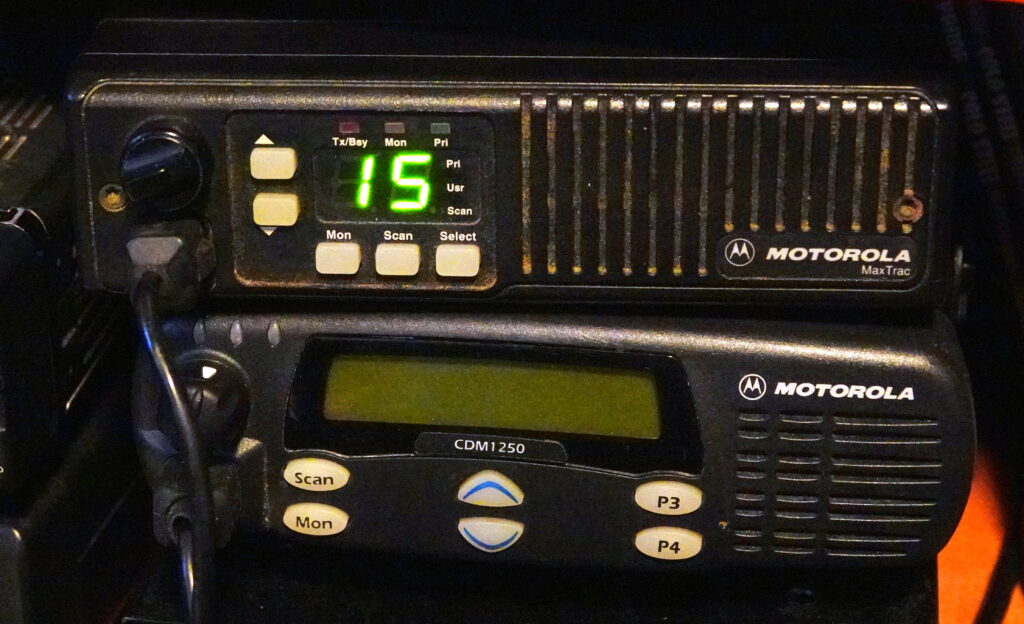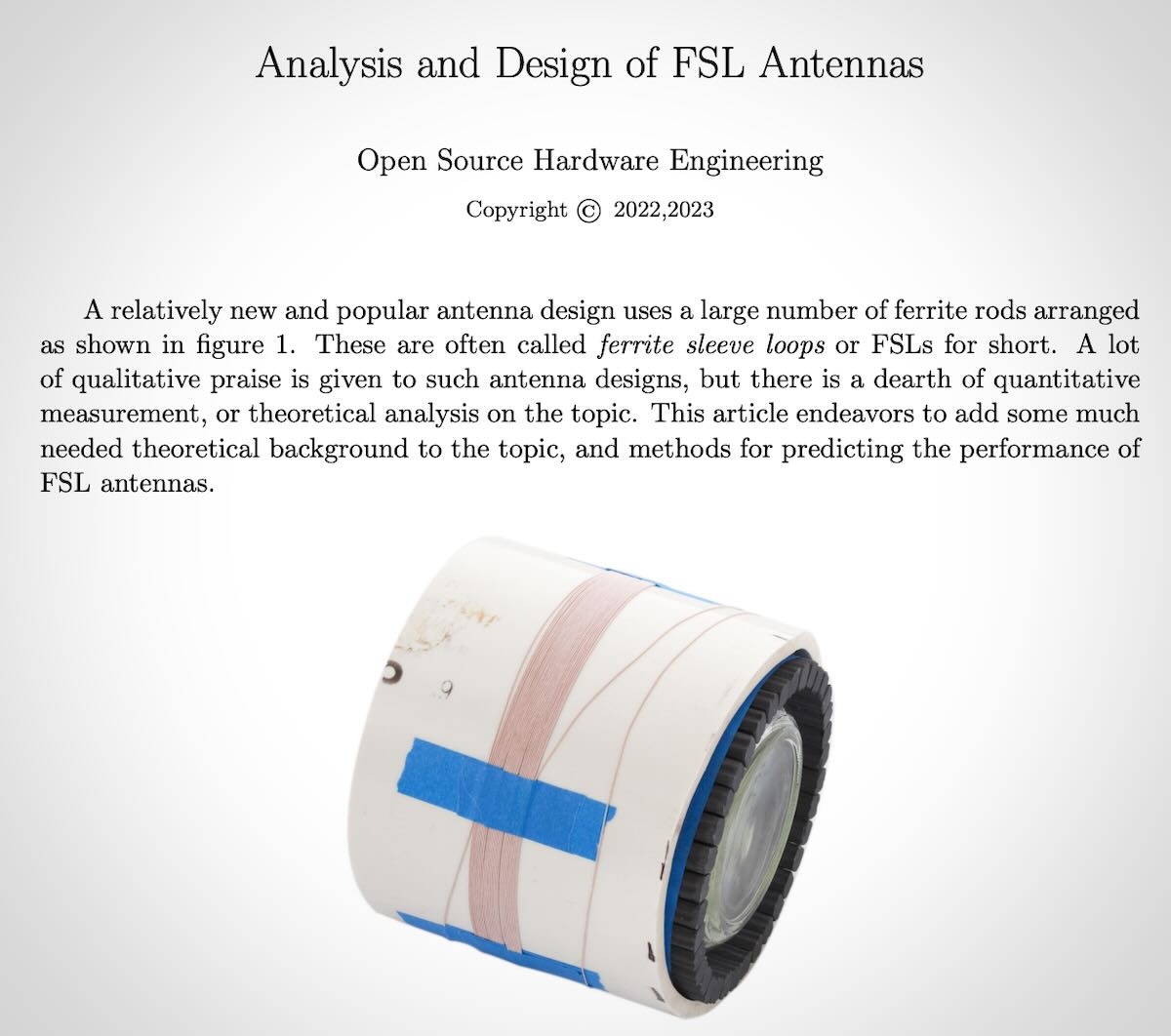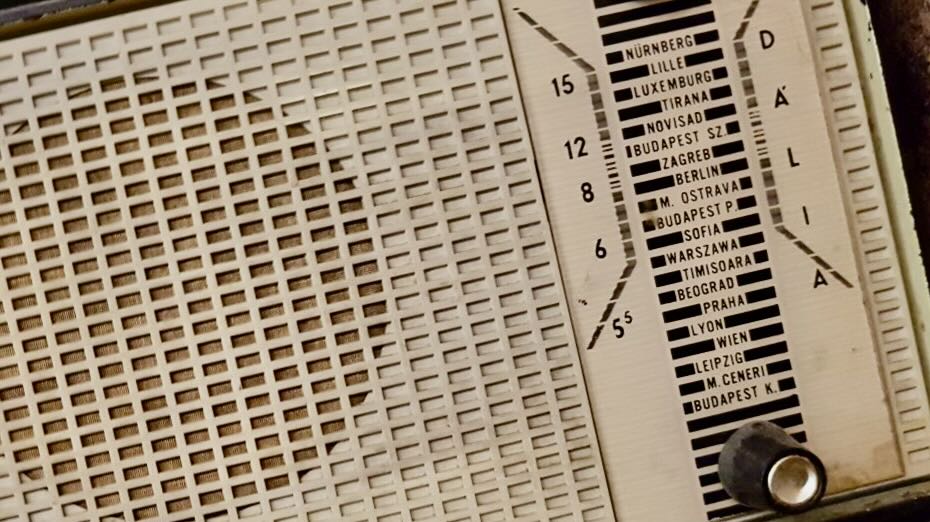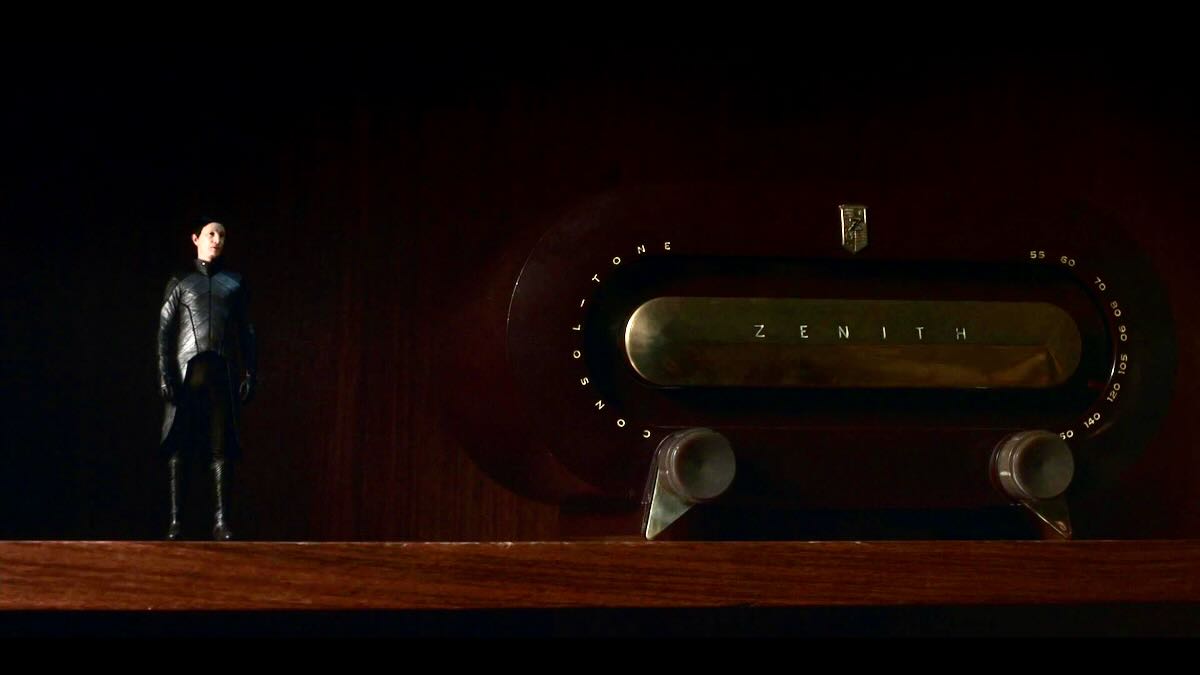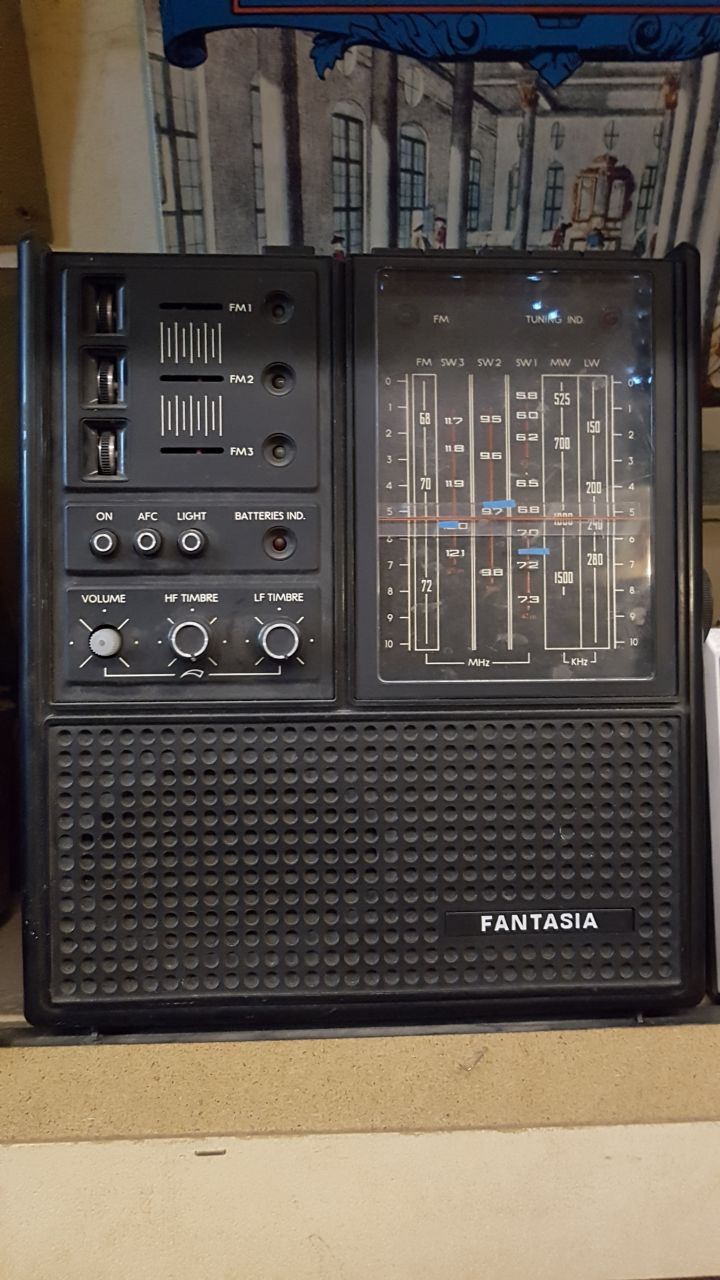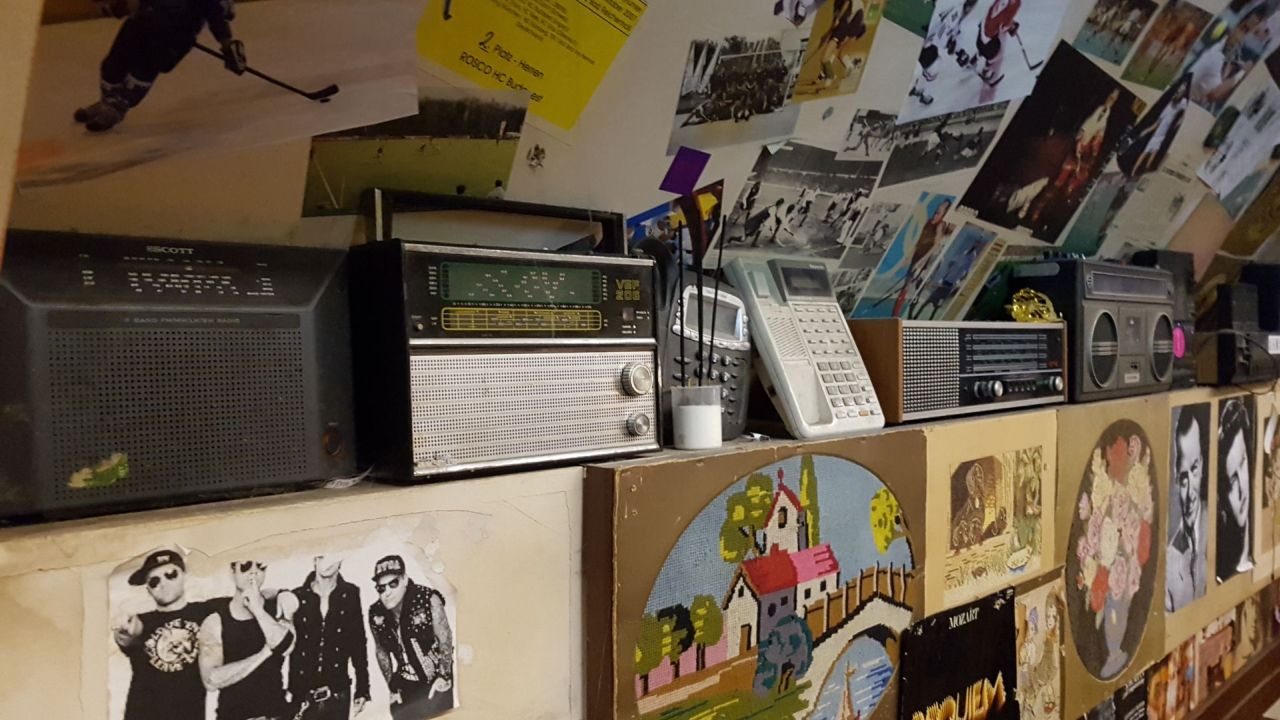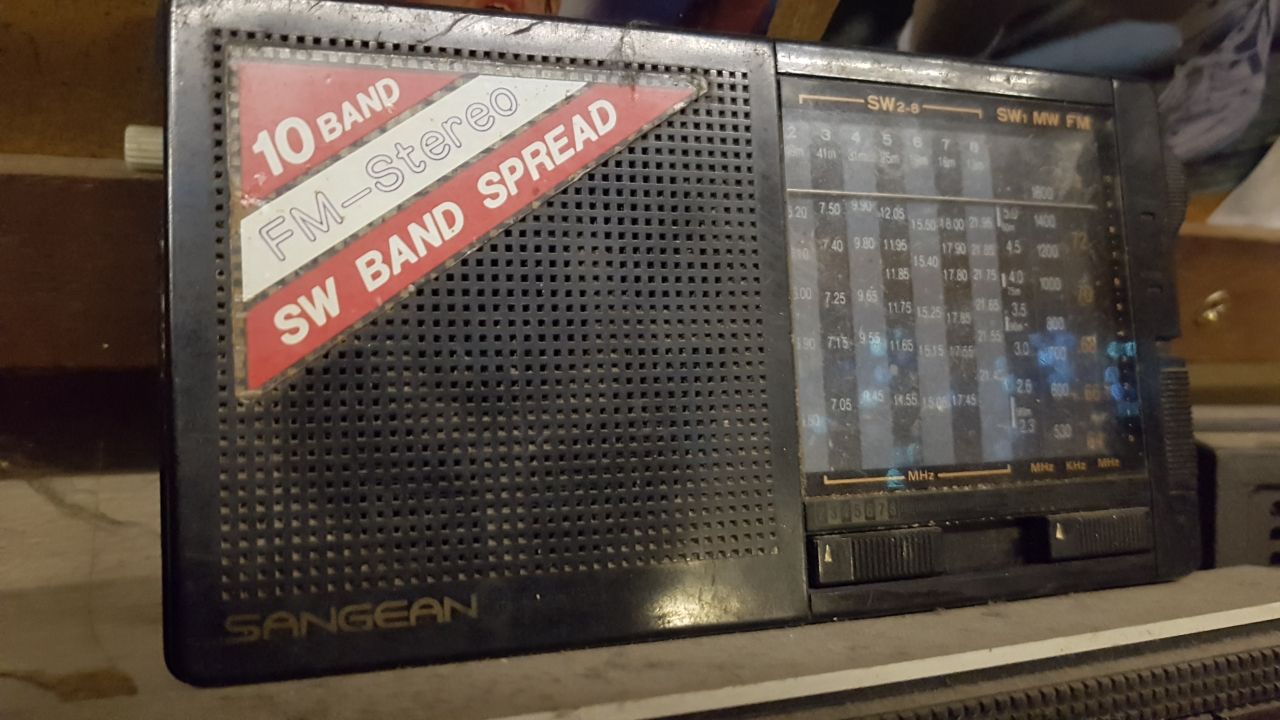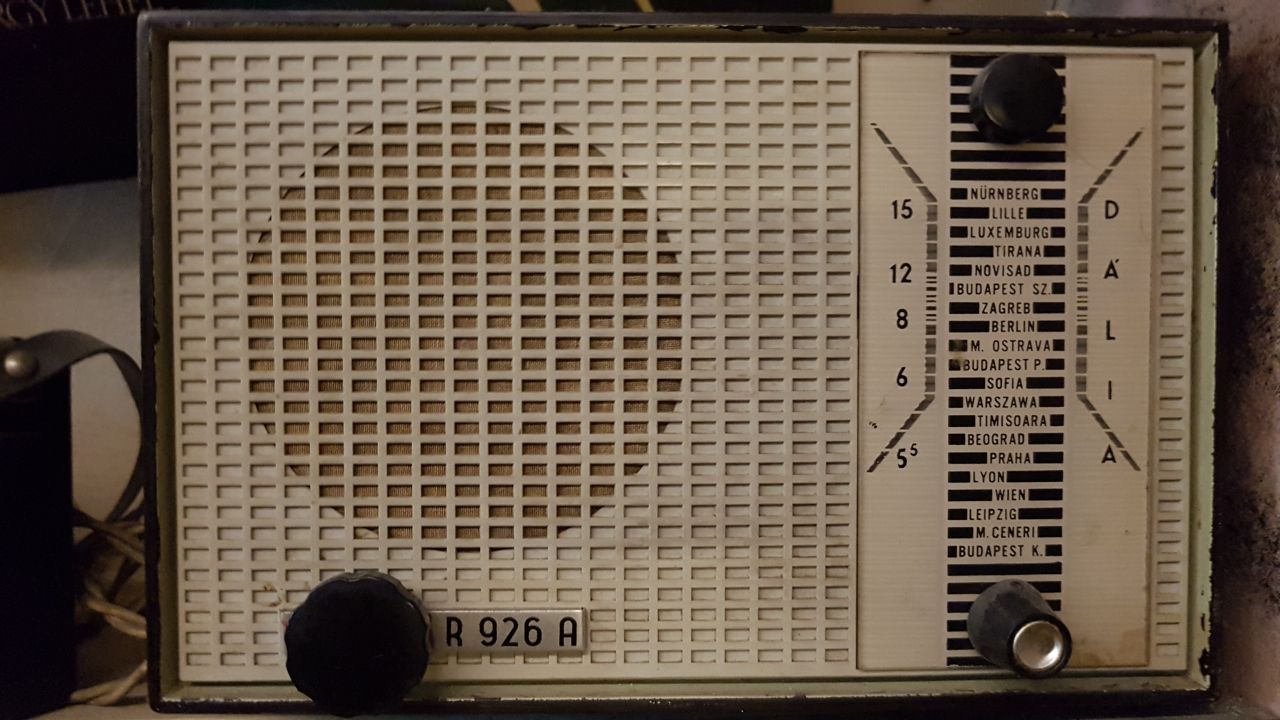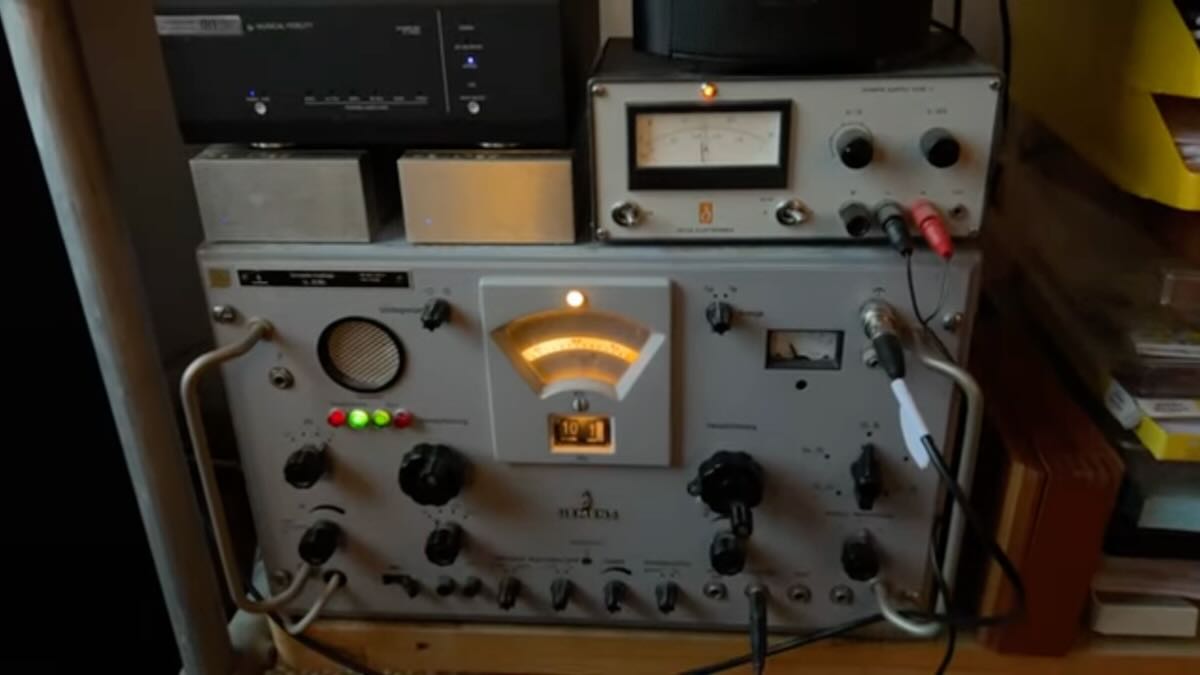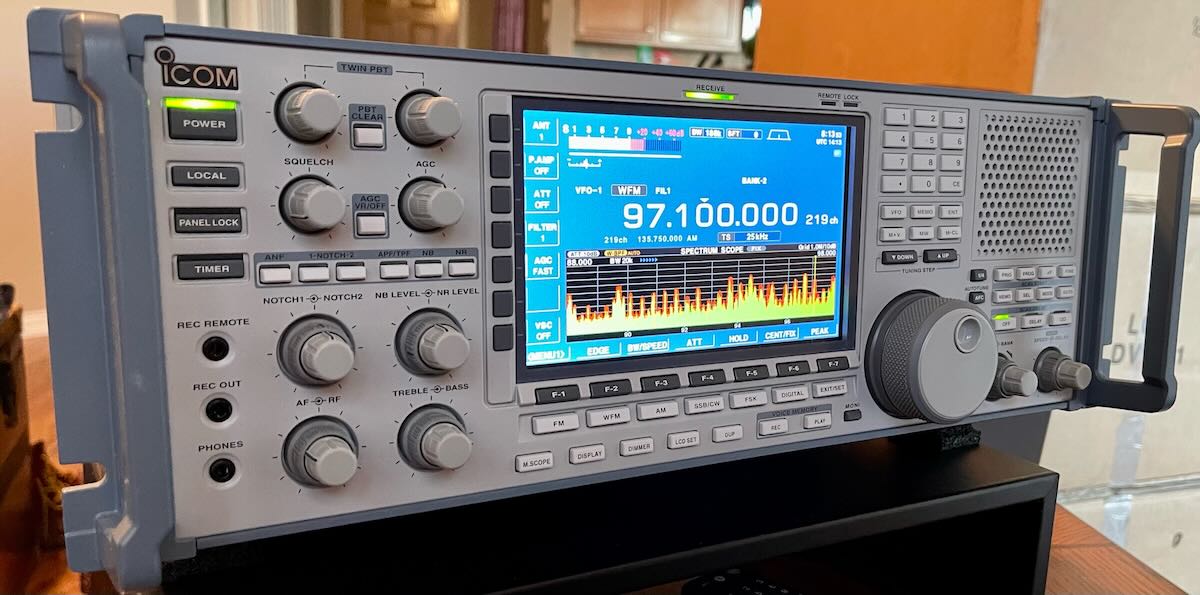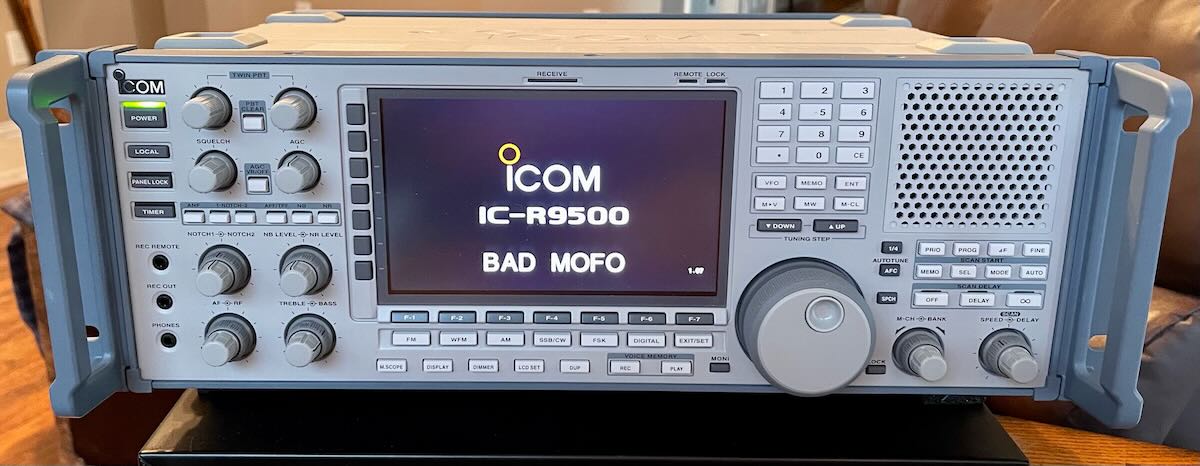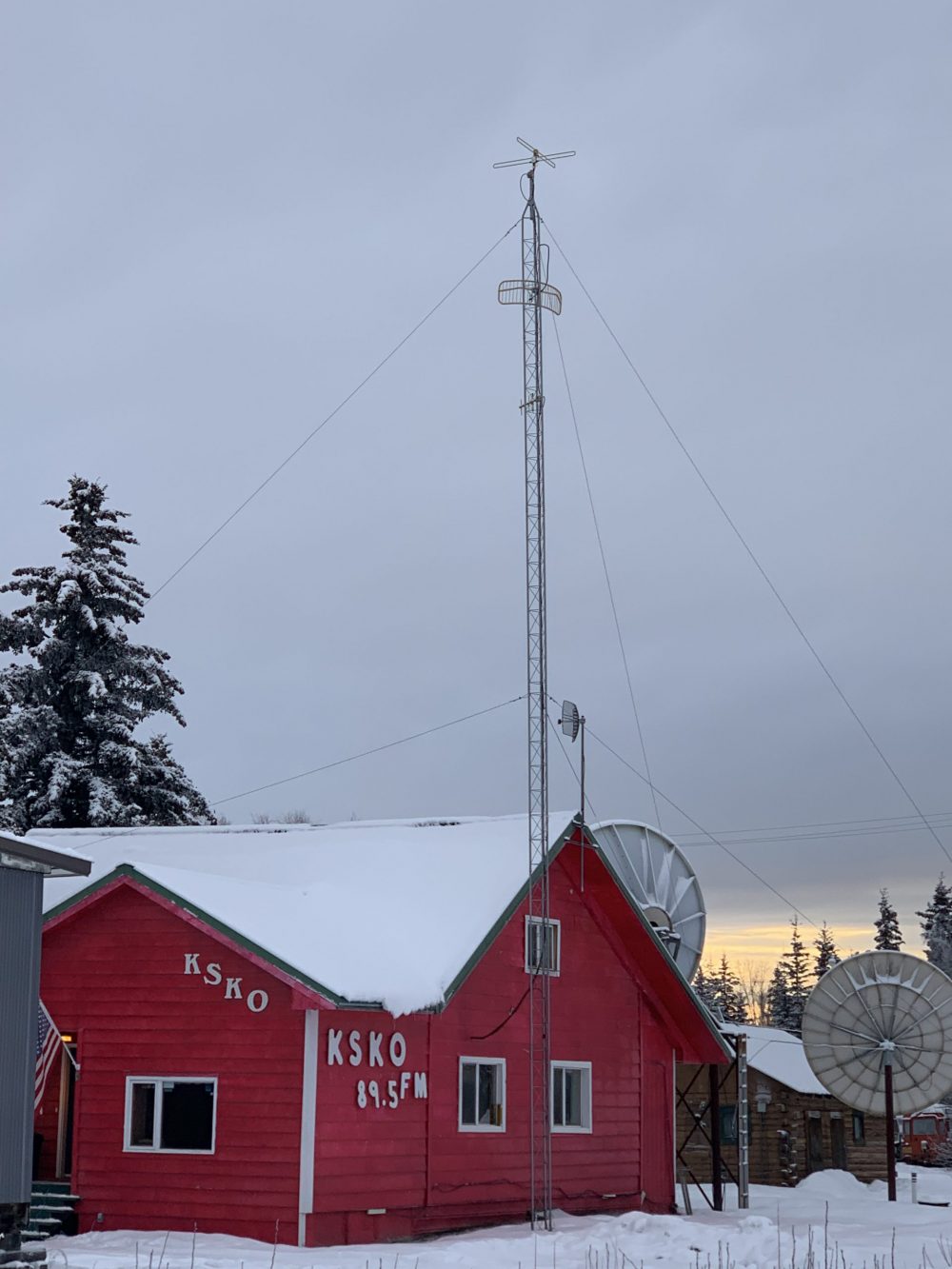If you had been monitoring 29.620 around 1615Z on January 5, 2023, it’s just barely possible that you could have heard me leap out of my chair and do the “Astonishment Dance,” while yelling: “Are you kidding me?!! Is this even possible?!!”
Let me set the scene: it was a quiet day, much like any other day. My Better Half was catching up with her sister on the telephone in another room. I was in the sun room/library/radio shack reading a book.
Two of my ham transceivers are ex-public-service units, and I decided to put the one dedicated to 70 cm on scan. In my area, 70 cm (440 MHz ham band) is generally pretty quiet, and I thought I would see if anyone was using it.
After a while, the scan stops, and the transceiver locks onto 442.9500 a repeater far to the south of me. A mellifluous French accent begins announcing a callsign: Foxtrot 3 Oscar India Japan. I drop my call on the repeater . . . KB2GOM . . . we chat. His name is Serge, he is in Rheims France.
Wait a minute, this is a 440 repeater. I’ve heard of extreme long distance propagation occasionally on two meters . . . but 440? This is crazy.
I am officially flipping out . . . is this some sort of X-files propagation on 70cm? Better call Fox Mulder.
I call my radio guru, K2RHI; he explains it is a 10 meter repeater linked to a series of other repeaters, including the 70 cm repeater my transceiver has locked onto. I settle down . . . a little . . . and continue to monitor. Then in rapid succession, I respond to the calls from hams from Texas, Northeast England and a place called Trout Creek in Delaware County. If you had been listening on 29.620, you might have heard one very excited oldster (me!) talking with those stations.
So dear reader, the moral of this story is two-fold: (1) you never know what surprise radio may deliver next, and (2) when it happens, it can be a source of fun and wonderment . . . so keep listening!

